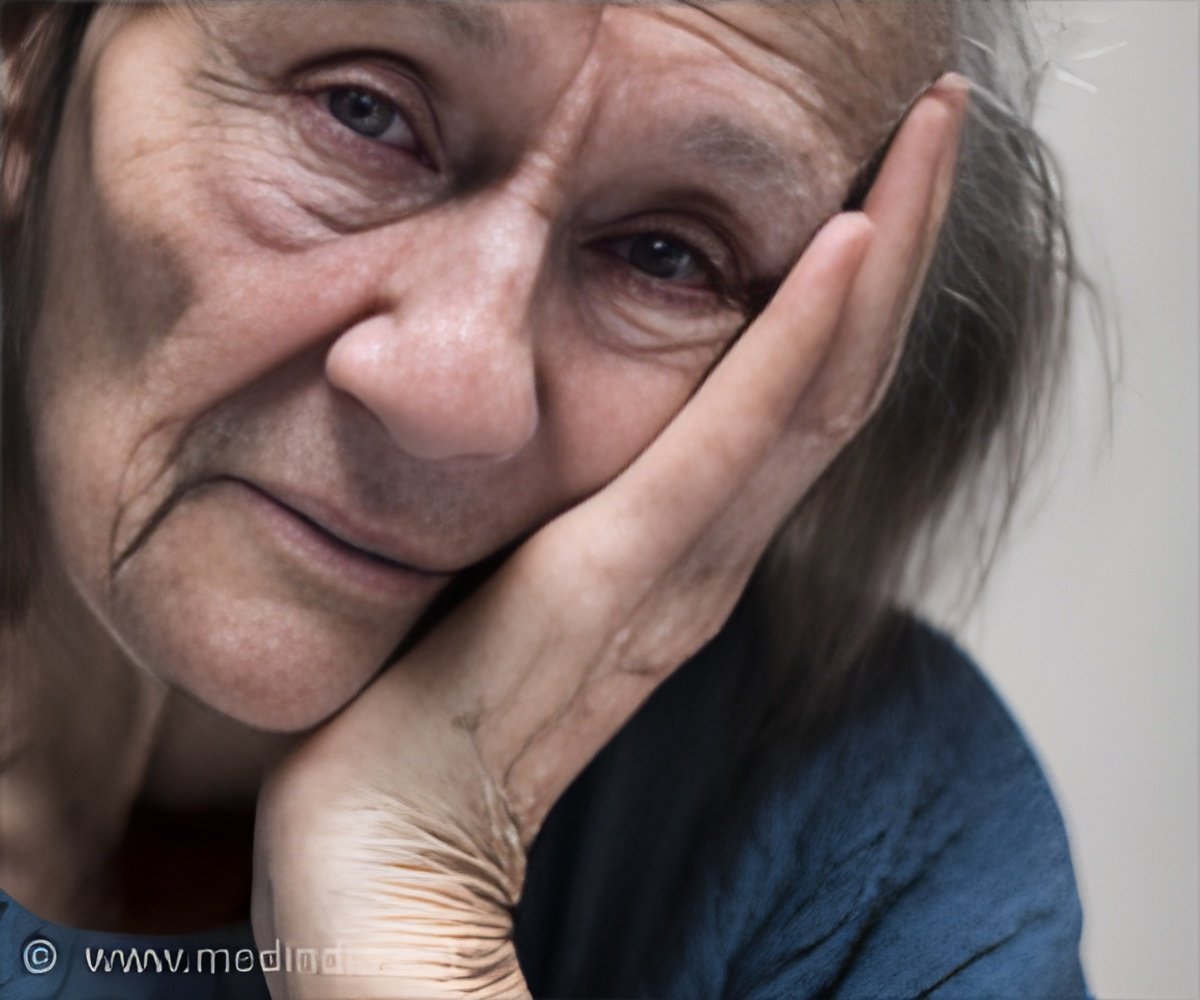
- Smartphone data, collected during navigation tasks, can help detect early cognitive decline, a risk factor for Alzheimer’s
- Participants with subjective cognitive decline showed more hesitation and frequent stops during wayfinding tasks
- This study provides a proof of concept that digital tools may assist in early diagnosis and monitoring of dementia.
Over 55 million people worldwide were living with dementia in 2020 and this number is expected to double by 20240 If Alzheimer’s disease can be diagnosed early, it will allow people to make informed decisions regarding their care, finances and legal matters.
Advertisement
Can Your Smartphone Help in Early Detection of Dementia?
Researchers from DZNE and Otto von Guericke University Magdeburg used mobility data collected during a smartphone-based wayfinding assignment on the university campus to identify persons at high risk for dementia. The findings, published in the journal PLOS Digital Health, demonstrate the potential of smartphone data acquired in ordinary settings for the early detection and monitoring of Alzheimer’s disease (1). The study included 72 adults, almost one-third of whom had subjective cognitive decline (SCD), an established risk factor for dementia.
Advertisement
Alzheimer’s Disease- Diagnosis and Treatment
Alzheimer’s disease normally progresses unchecked over time, eventually leading to dementia. Currently, there is no cure. “Today, Alzheimer’s is frequently treated too late to ensure effective therapy. Even the new antibody medications, which are currently being discussed, only work if administered early. As a result, we must be able to diagnose the condition at an early stage, while symptoms are minor. “This necessitates diagnostic advancements,” says Dr. Anne Maass, a DZNE research group leader and guest professor at the University of Magdeburg. She and colleagues are now testing a unique way to detect spatial navigation issues, which are one of the first potential indicators of Alzheimer’s disease.
Advertisement
Mobile App Identifies People At Risk of Dementia
“Our study is based on a scavenger hunt in which participants had to locate pre-specified points of interest. They used a smartphone with a special app that we developed,” reveals Dr. Nadine Diersch. The neuroscientist launched the study project at DZNE several years ago and now works in the commercial sector while remaining linked with DZNE as a guest researcher. “We found that certain app data allow to reliably identify people with an increased risk for dementia,” she asserts. “This demonstrates that digital technologies, such as mobile apps, provide entirely new ways to measure cognitive functioning under realistic, low-threshold settings. In the future, technology could assist detect minor cognitive abnormalities and consequently harbingers of dementia earlier than today.”
Decrease in Mental Capacity Linked With a HigherRisk of Dementia
The study included 72 women and men aged mid-twenties to mid-sixties. Of the 48 elderly people, 23 were diagnosed with SCD. People with this illness sense a decrease in mental capacity, which is not detectable by standard neuropsychological tests. These people do not necessarily get dementia. However, it has been established that they are at a higher risk. All study participants were asked to find numerous buildings on the University Magdeburg’s medical campus on their own, guided by the app, while their movements were logged using GPS. “Our participants had similar familiarity with the university area and were all familiar with utilizing smartphones. “We also practiced using the app beforehand,” adds Jonas Marquardt, the study’s first author and a Ph.D. student in Anne Maass’ research group.
Testing Sense of Direction and Spatial Memory
During the activity, which each study participant had to complete separately, five buildings were to be visited in a row along a distance of approximately 800 metres. The app functioned as a pacemaker, displaying a map with the current location and the next destination, along with a photo of it. However, the map disappeared as soon as a person began walking. “The participants had to memorize the layout of the streets, their position and their goal, and then follow their sense of direction and spatial memory,” Marquardt explains.” “If they became lost, they could touch the app’s help button. The map, their position, and their destination would then quickly appear.” The researchers used GPS data to create individual movement profiles and other information.
In most cases, the participants arrived at the five destinations in less than half an hour. “Overall, the younger participants did better. According to Marquardt, they walked shorter distances on average and used the help feature less frequently than the older ones. The number of “orientation stops” was the most significant difference between older persons with and without SCD. According to Jonas Marquardt, elderly persons with SCD stopped walking more frequently than older adults without SCD, who are most likely to orient themselves. In fact, we were able to identify patients with SCD using this characteristic.”
Smartphone Data Can Aid in Detecting Cognitive Deterioration
So yet, it’s unknown why persons with SCD stand out in this way. “We discovered that they hesitate more at crossings in particular. This shows that certain decision-making processes have changed. However, the results are not yet conclusive,” Nadine Diersch explains. “Nonetheless, the findings of our investigation provide a promising proof of concept. They demonstrate that smartphone data can aid in detecting modest indicators of cognitive deterioration in realistic settings.” The scientist sees this as a possibility for early detection and treatment of dementia: “I could envision such apps being used in the future to identify people at risk and then decide whether further testing or therapy is required.”
References:
- Identifying older adults at risk for dementia based on smartphone data obtained during a wayfinding task in the real world
(https://doi.org/10.1371/journal.pdig.0000613)
Source-Medindia



